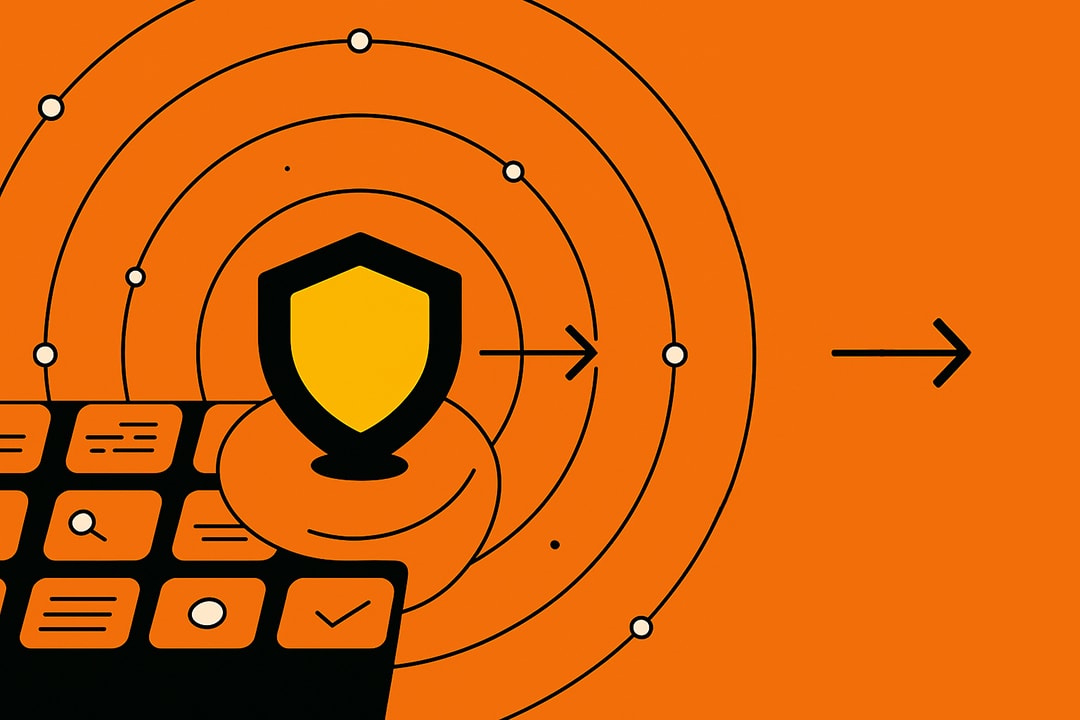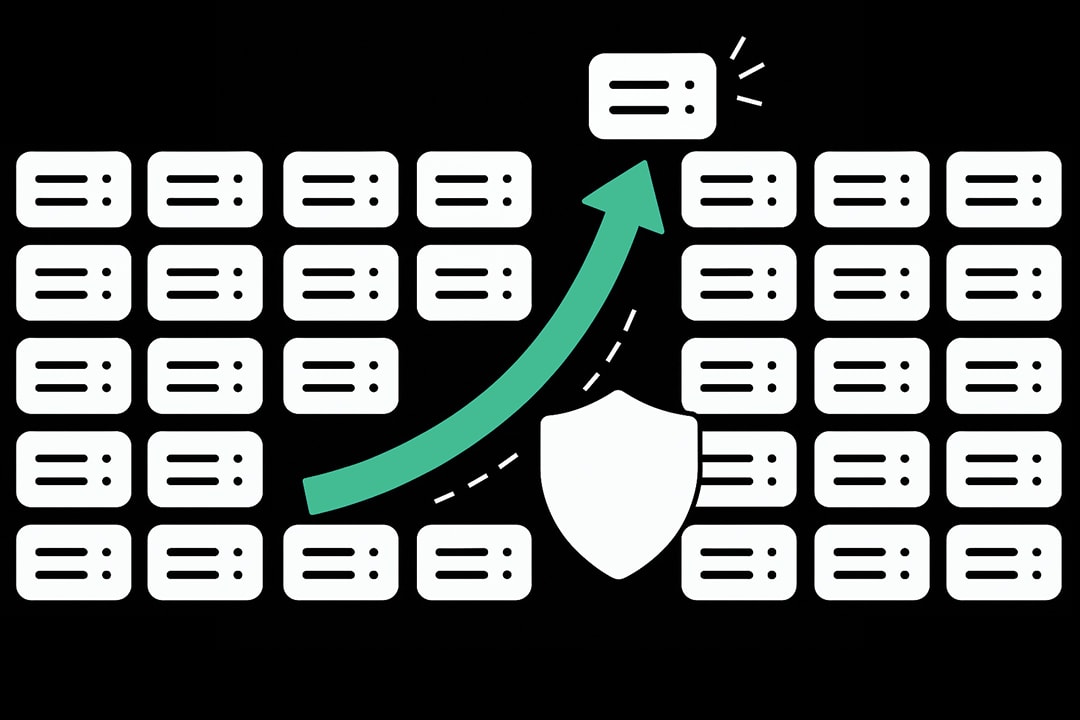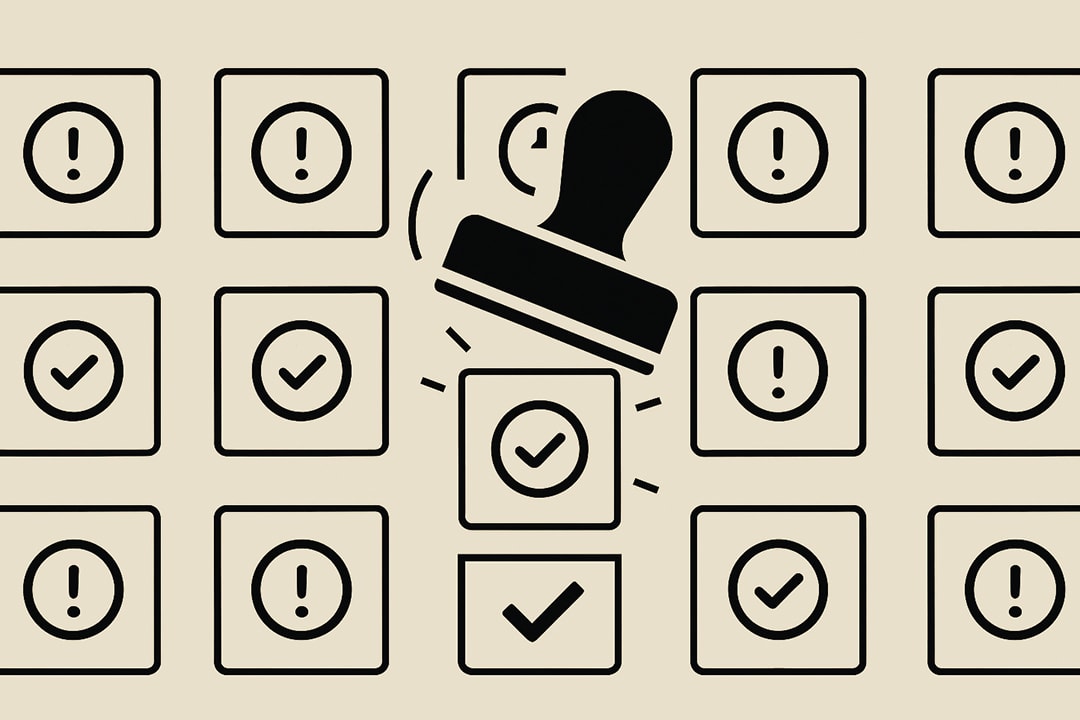How Ransomware and AI Are Raising the Stakes in Cybersecurity 2025
Discover how ransomware and AI are reshaping cybersecurity in 2025. Learn why threats are evolving, what fast responders get right, and how new regulations are changing the rules for IT leaders.

Why ransomware still reigns and how resilience is shifting the battle
Ransomware is still the cybercriminal’s weapon of choice in 2025, and the reasons are painfully pragmatic. It works. It pays. And its tactics keep evolving faster than most organizations can adapt. Yet, a subtle shift is underway, one where resilience, not just defense, is redefining how organizations survive and recover.
Why ransomware refuses to let go
Attackers understand enterprises as well as, if not better than, most auditors. In 2024, global ransomware attack volume hit record highs, with SonicWall reporting a 55% year-over-year increase in attempted intrusions.
Manufacturing, government, and healthcare remain prime cybersecurity targets, but attackers are nimble, pivoting to supply chains, critical infrastructure, and mid-market firms with the same ruthlessness.
The cybersecurity playbook is rarely static. Double extortion—encrypting files and threatening to leak stolen data—now features in more than 80% of successful ransomware incidents. Ransom demands are climbing, with average payouts crossing $850,000 in early 2025.
Attackers are leveraging AI to automate phishing lures, generate convincing deepfakes, and even conduct voice-cloning scams targeting executives and finance teams—all of which complicate cybersecurity defenses.
Insurance claims for ransomware actually dipped 12% over the past year. This might look like hope but is more likely a sign of shifting reporting, smarter cybersecurity incident response, and a hardening insurance market that is tightening up payouts and requirements. Meanwhile, the actual attack volume, impact, and sophistication are showing no signs of abating, reinforcing that cybersecurity risk remains high and constantly evolving.
How smart resilience is changing the ransomware game
The old perimeter defense mindset of “keep it out, hope for the best” is obsolete. Today’s survivors are organizations that invest in resilience as a discipline, not a checkbox. The NIST Cybersecurity Framework, updated for ransomware realities, emphasizes not just protection and detection but robust recovery and continuous improvement.
Fast, tested backups are table stakes, but the leaders go further. Segmentation is enforced so that one compromised endpoint cannot bring down the whole network. Immutable storage and just-in-time access controls ensure that even if the attackers get in, their reach is limited.
Playbooks for ransomware scenarios are rehearsed, not just written. Critical business operations are mapped and prioritized for rapid restoration, with clear metrics for recovery point and time objectives.
The organizations that recover fastest have incident response teams who know how to cut through noise and contain lateral movement quickly. They use automated containment and forensic triage tools that reduce dwell time and support swift evidence collection for law enforcement and insurance.
Metrics like mean time to detect (MTTD) and mean time to recover (MTTR) are tracked, reported, and improved quarter over quarter.
Why resilience demands ruthless pragmatism
Resilience is a mindset forged in the tension between visionary innovation and daily firefighting. Budgets are tight, C-suite patience is finite, and the pressure to “do more with less” is relentless.
The most respected IT leaders are those who can articulate risk, negotiate for resources, and then, when the inevitable happens, execute under fire. They deploy frameworks like zero trust, but they also build relationships across legal, business, and operations to ensure that when a crisis hits, nobody is improvising the basics.
The lesson of 2025 is not that ransomware is going away. It is that the organizations who treat resilience as a core capability, baked into architecture, culture, and process, are the ones who will keep their names out of tomorrow’s headlines.
How AI is redefining both attack and defense in cybersecurity
The AI arms race in cybersecurity is no longer theoretical. In 2025, AI has become the sharpest knife in the drawer for both attackers and defenders. The result is a rapidly changing threat landscape where speed, adaptability, and context-aware intelligence are the new competitive advantages.AI
Why AI makes attacks harder to predict and stop
AI-powered attacks have moved from science fiction to a security operations reality. Phishing emails are no longer riddled with bad grammar or awkward phrasing. Instead, large language models are churning out tailored lures at scale, often scraped from a victim’s own public-facing content.
According to the World Economic Forum Global Risks Report 2024, AI-driven phishing and impersonation attacks surged by 45% this past year, with “vishing” (voice phishing) leveraging convincing deepfake audio to target finance and executive teams.
A single AI tool can now generate thousands of unique, context-aware phishing campaigns in minutes. In February 2024, a UK-based multinational lost $25 million after finance staff were deceived by a deepfake CEO in a live video call—a scenario that would have sounded absurd just two years ago. Attackers are also automating vulnerability discovery, deploying intelligent bots to scan for unpatched systems and adapt their exploits in real time.
AI’s brute-force efficiency is making traditional signature-based detection and manual review obsolete. It is also outpacing security awareness training, as even seasoned employees are falling for synthetic voices, cloned video, and personalized lures crafted in seconds. The implication is clear: defenders can’t rely on users—or legacy tools—to spot every threat.
How AI is supercharging defense and why human context still matters
On the cybersecurity defense side, AI is no longer just a buzzword on vendor slides. It is embedded in the fabric of modern cybersecurity SOCs. According to Gartner, 70% of large enterprises use AI and machine learning for cybersecurity threat detection, and many are seeing a 40% reduction in containment times compared to manual-only SOCs.
Automated playbooks ingest telemetry from endpoints, cloud workloads, and network flows, then cross-reference events with threat intelligence to flag emerging cybersecurity attacks in real time.
Frameworks like MITRE ATT&CK are being used to train AI models, allowing organizations to map out likely attacker behaviors and automate detection of suspicious lateral movement.
The result is a more adaptive, risk-based approach to cybersecurity defense, where AI not only detects but can also trigger automated containment, isolation, and forensic investigation.
But there’s a catch: AI is only as good as the data and context it’s given. Over-reliance on algorithms can create new cybersecurity blind spots. Algorithmic bias, data quality issues, and adversarial manipulation can all lead to missed cybersecurity threats or false alarms.
Forrester and MIT Sloan both stress that AI should augment, not replace, skilled cybersecurity analysts. The best programs build human-in-the-loop controls, using AI to triage noise and surface context-rich alerts while letting experienced cybersecurity defenders investigate, validate, and respond.
How to stay ahead in the AI cyber arms race
Winning with AI in cybersecurity is about more than buying the latest tool. It means building a strategy where automation and human expertise reinforce each other. The most mature teams treat AI as a force multiplier for detection, response, and investigation, but never as a replacement for critical thinking or organizational context.
Practical strategies include:
- Embedding AI-driven EDR and NDR (Network Detection and Response) platforms that learn from your real environment, not just global threat feeds.
- Training security teams to understand AI-driven alerts and to question their assumptions, especially when things seem “too quiet.”
- Regularly testing and tuning AI models with red team exercises and adversarial inputs to avoid complacency.
- Establishing feedback loops so analysts can label data and improve AI accuracy over time.
AI is now both the lockpick and the deadbolt. In this reality, resilience depends not just on the sophistication of the tools but on how quickly organizations can adapt when the ground shifts.
That’s why, as AI shapes the next wave of attacks and defenses, the focus is turning back to fundamentals: patching, vulnerability management, and the relentless pursuit of reducing the attack surface because the fastest AI in the world cannot save an organization that leaves the door wide open. This is where the conversation naturally leads, as organizations navigate a relentless cycle of new vulnerabilities and the race to patch faster than adversaries can exploit.
How critical vulnerabilities keep surfacing and what fast patchers get right
Critical cybersecurity vulnerabilities are not slowing down. If anything, 2025 has proven that cybersecurity vulnerability discovery is accelerating, zero-days are more common, and attackers are moving with greater speed and creativity. Juniper, VMware, and Fortinet have all made headlines this year for urgent, high-severity cybersecurity flaws that demanded immediate attention.
Zoom patched a trio of vulnerabilities that could have enabled everything from remote code execution to silent surveillance. Fortinet’s SSL VPN bug was so concerning that CISA issued a rare Binding Operational Directive, forcing federal agencies to patch within days.
Why do these cybersecurity vulnerabilities keep surfacing? Partly, it’s the sheer complexity and sprawl of modern cybersecurity environments. Hybrid architectures, legacy infrastructure, and sprawling SaaS portfolios mean there’s always another exposed edge.
Attackers use AI-driven bots to scan the Internet and exploit new CVEs within hours of public disclosure. Mandiant reports that zero-day cybersecurity attacks are up 24% year-over-year, with threat actors increasingly chaining vulnerabilities and weaponizing proof-of-concept code before defenders have time to respond.
Yet, the real story isn’t just about new flaws, it’s about the speed and discipline of the cybersecurity response. The difference between a headline-making breach and a minor incident often comes down to days—sometimes hours. According to the Ponemon Institute, only 61% of organizations patch critical cybersecurity vulnerabilities within seven days of disclosure.
Delayed patching is the root cause in 57% of successful exploits. Attackers know this. They monitor vendor advisory lists as closely as cybersecurity defenders do, and the clock starts ticking the moment a patch is released.
So, what are fast patchers getting right? First, they treat continuous vulnerability management (CVM) as a core cybersecurity discipline, not a quarterly headache. CVM is a living cybersecurity process: asset discovery, risk-based prioritization, automated scanning, and—most crucially—rapid, orchestrated patch deployment.
Mature organizations use cybersecurity tools that integrate vulnerability data with configuration management databases and ITSM workflows. They automate as much as possible, from risk scoring to change approvals, so that when a zero-day drops, the cybersecurity process is already in motion.
Best-in-class cyber defense teams don’t just patch faster—they patch smarter. Not every vulnerability is equal, so they use frameworks like the Exploit Prediction Scoring System (EPSS) and MITRE ATT&CK to assess real-world cyber risk. When a new vulnerability is disclosed, they cross-reference it with existing controls, asset criticality, and threat intelligence.
This avoids the trap of patching everything at the same priority and instead focuses energy where it matters most for cyber resilience.
Fast patchers also have executive support for cybersecurity initiatives. The board gets regular metrics—mean time to patch, exposure windows, percentage of critical CVEs resolved within SLA. When a critical flaw emerges, there’s no debate over resource allocation or downtime windows.
The process is rehearsed, the accountability is clear, and the organization treats patching as a business continuity and cyber security issue, not just an IT concern.
This relentless focus on speed and precision is not about chasing perfection. It’s about reducing the window of exposure and staying one step ahead of cyber adversaries who are only getting faster. And with regulators now demanding evidence of timely patching and vulnerability management, the stakes for cybersecurity compliance have never been higher.
As organizations continue to chase down the next critical flaw, the lesson is clear: the attack surface will never stop expanding, but those who build patching into their cybersecurity muscle memory—not just their compliance checklists—are the ones who will keep the lights on and the headlines quiet.
Which leads straight to the next challenge: not just surviving the technical gauntlet, but navigating the regulatory minefield that now shapes every aspect of cybersecurity strategy.
FAQ
What are the most significant cybersecurity threats in 2025?
Ransomware remains the top threat, but AI-driven phishing, deepfakes, and zero-day vulnerabilities are quickly rising. Attackers are using advanced automation and social engineering to bypass traditional defenses.
How is artificial intelligence changing both cyberattacks and cybersecurity defense?
AI enables attackers to automate and personalize phishing, create deepfakes, and exploit vulnerabilities faster. Defenders use AI for real-time threat detection, automated response, and better risk assessment, but human oversight is still crucial.
Why is fast patch management critical for cyber resilience in 2025?
Attackers exploit new vulnerabilities within hours. Organizations that automate patching and prioritize based on risk drastically reduce their window of exposure and are less likely to suffer major breaches.
How are new cybersecurity regulations affecting enterprise security strategies?
Recent regulations like the U.S. executive order and the EU AI Act require organizations to build security and compliance into every process, automate controls, and prove resilience through continuous documentation and governance.
What frameworks should organizations use to improve cyber resilience and compliance in 2025?
Adopting the NIST Cybersecurity Framework, CISA’s Secure by Design principles, and the NIST AI Risk Management Framework helps organizations align security, resilience, and regulatory readiness in a dynamic threat environment.





